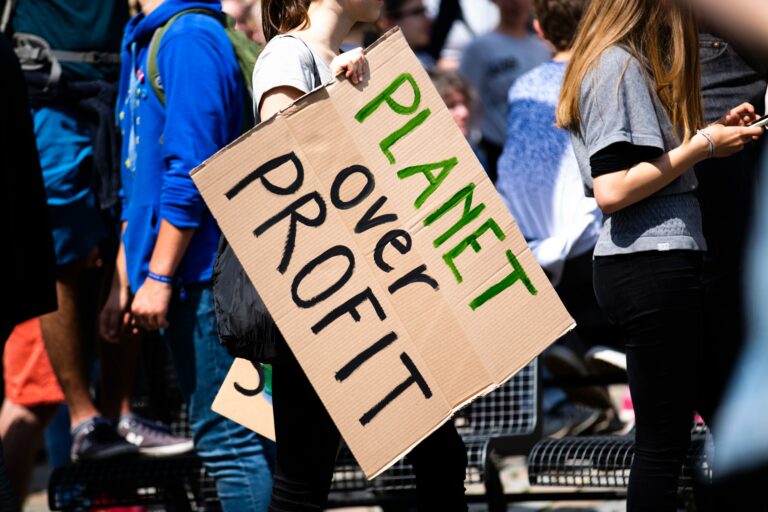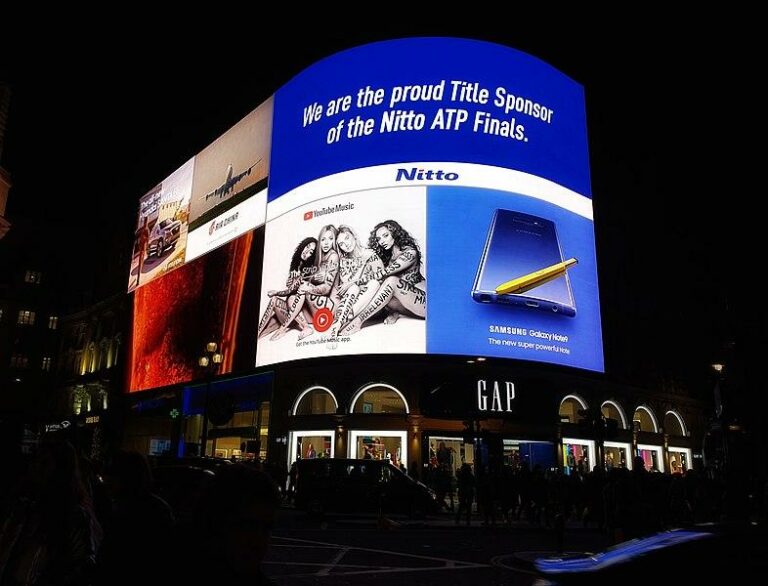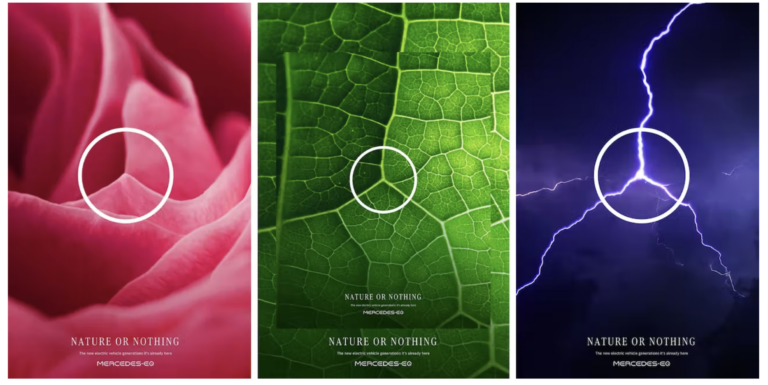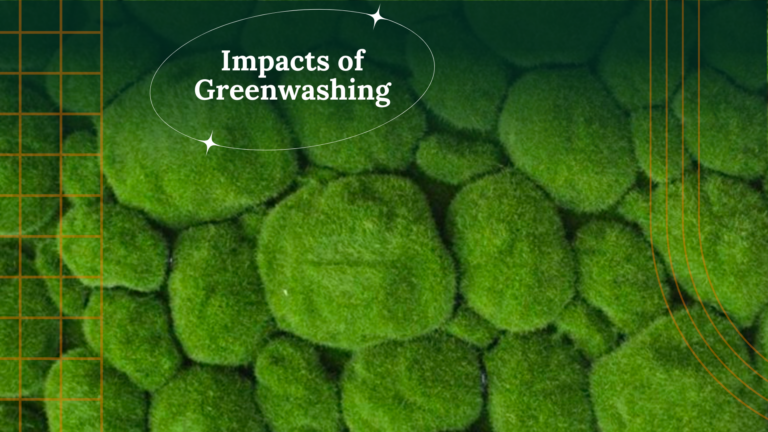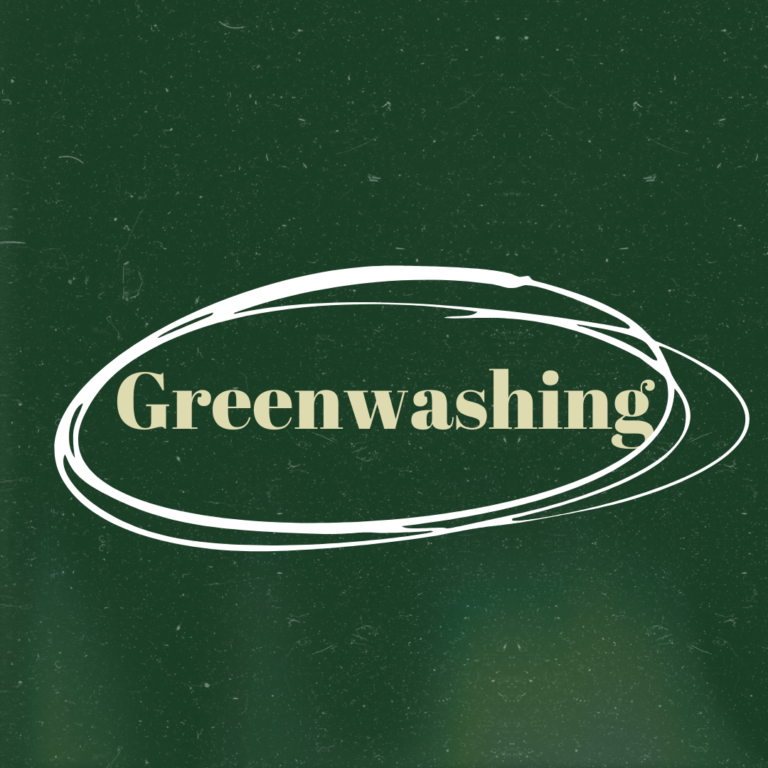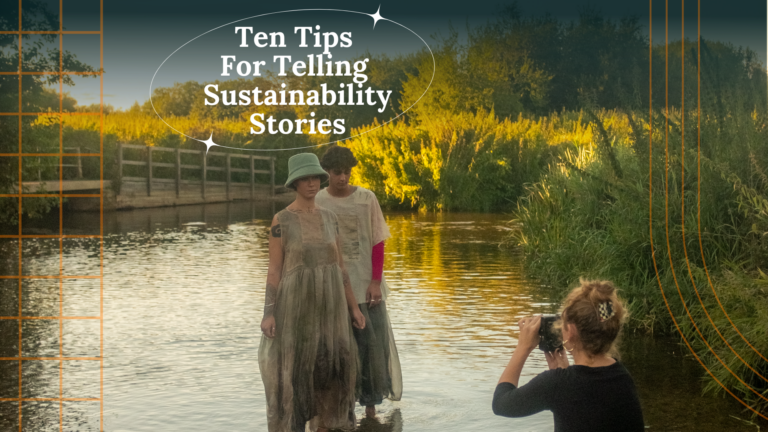Every morning, one of the first things we do is pick out an outfit. Our clothing choices aren’t just about staying warm—they express our personality, mood, and values. What we wear can speak volumes about our ambitions and beliefs, making it a powerful tool for personal expression.
But what does our wardrobe say about the world?
Is All Fashion Equal?
The short answer is no. Fashion is manufactured, advertised, and sold under different principles and practices. This is often broadly categorised into fast fashion and slow fashion.
What is Fast & Slow Fashion?
Fast fashion: Is characterised by the rapid production and marketing of clothing. It encourages quick turnaround times and low costs, it capitalises on fleeting trends and encourages frequent consumer purchases.
With the rise of short-lived trends, fast fashion has become far more prominent in today’s market. However, this model often leads to environmental degradation and poor labour conditions.
Slow Fashion: Contrastly, slow fashion emphasises quality over quantity. It focuses on sustainable practices, ethical production methods, and timeless designs.
Slow fashion aims to reduce waste and promote fair wages for workers, prioritising long-term value over immediate consumption. This approach encourages consumers to invest in durable, ethically-made garments that have a lower environmental impact.
How bad is fast fashion?
The impact of fast fashion is significant and multifaceted: environmental damage, poor labour conditions, and worker exploitation. The United Nations Environment Programme (UNEP) reports that the fashion industry is the world’s second-largest polluter, responsible for 10% of global carbon emissions, approximately 1.2 billion tonnes of CO2 per year.
Fast Fashion promotes a throwaway culture. A report by UNEP notes that in 2019 “the average consumer buys 60% more pieces of clothing than 15 years ago. Each item is only kept for half as long”.
Most discarded clothing ends up in landfills or incinerators. Landfills are overflowing with textiles that take years to decompose. Additionally, many clothes contain synthetic fibres that do not break down easily and release microplastics into the environment. These are often found throughout waterways and food chains. Incineration, on the other hand, releases harmful chemicals and further contributes to air pollution.
Some discarded clothing is exported to developing countries, like Ghana and Kenya, where it often overwhelms local markets and waste management systems.
The human cost of fast fashion is equally concerning. Exploitative labour practices are rampant, with workers often facing unsafe conditions, long hours, and inadequate wages. Many garments are produced in developing countries where labour laws are weak or poorly enforced. This leads to significant human rights abuses.
The detrimental effects of fast fashion on the environment, workers, and consumer habits make it imperative to consider more sustainable alternatives.
Is slow fashion the answer?
Slow fashion offers a practical solution to the problems caused by fast fashion. By focusing on sustainability and ethics, slow fashion addresses environmental and social issues. Here are some key aspects of slow fashion that highlight its benefits:
Buying second-hand: Purchasing second-hand clothing reduces the demand for new items. By giving pre-loved clothes a new life, consumers help create a circular economy where resources are reused and waste is minimised.
Quality over quantity: Slow fashion often emphasises higher quality materials and craftsmanship, resulting in products that last longer. Durable items reduce the need for frequent replacements, saving money and reducing environmental impact.
Eco-Friendly Materials: There has been a notable increase in the use of eco-friendly materials. Fabrics like organic cotton, hemp, and recycled materials are gaining popularity for their lower environmental footprint; often requiring less water, energy, and chemicals to produce.
Market Growth: The growing interest in sustainable fashion is reflected in market trends. Coherent Market Insights reported the sustainable fashion market was valued at $7.8 billion in 2023 and is predicted to grow to $33.05 billion by 2030. This rapid growth suggests a significant shift in consumer preferences. As awareness of the environmental and social impacts of fast fashion spreads, more people are seeking out brands and products that align with their values.
Slow fashion is a practical and effective solution for creating an ethical and sustainable fashion industry. By making conscious choices about what we wear and how we purchase, we can drive positive change.
Who are the drivers for change?
There are many businesses and organisations that are leading the way in the slow fashion movement. They prioritise ethical practices, eco-friendly materials, quality craftsmanship, and awareness, setting a high standard for the industry. Here are some examples:
- Sojo makes sustainable fashion accessible with convenient clothing repair and alteration services through their app. Partnering with brands like Marks & Spencer, they help give quality clothes new life and make sustainable fashion mainstream.
- Reskinned champions circular fashion by reselling, repairing, and recycling clothing. They partner with retailers to refurbish and reintroduce used items to the market, extending garment life and reducing environmental impact.
- People Tree sets the standard for ethical fashion. They use organic cotton and eco-friendly dyes, while ensuring fair wages and safe working conditions. Each purchase supports sustainable agriculture and ethical labour, making People Tree a leader in combining style with social responsibility.
- Fashion Revolution advocates for transparency, sustainability, and ethics in fashion. Through impactful campaigns and education, they empower consumers to demand better practices from brands, challenging the status quo to prioritise people and the planet over profit.
Here at Floom Creative we have collaborated with several sustainable fashion brands, including Undressed and by.agy. Undressed focusses on hand selecting and upcycling saris from India into kimonos, reducing fabric wastage and helping us to “tread a little lighter on our earth”. By.agy is a handmade clothing brand emphasising quality, sustainability, and ethical production.
Floom Creative
We specialise in creating narratives for brands, nonprofits and charities that have their values rooted in environmental and ethical consciousness. By communicating your vision through visual sustainable storytelling, we can help your brand to flourish.
Let’s talk! We’d love to help you with your sustainable storytelling. Contact us now.
Check out our Blog HERE
Follow us on socials:
References:











